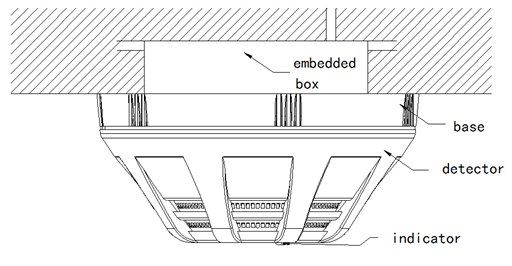JTY-GD-JBF5100
Two-wire, non-polar, strong anti-interference performance, maximum communication distance 3000m, The way of smoke entering the chamber from lower and side improves the alarm speed of the detector, which can respond to both white smoke and black smoke.































































































































































